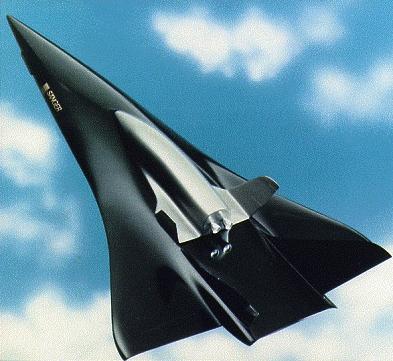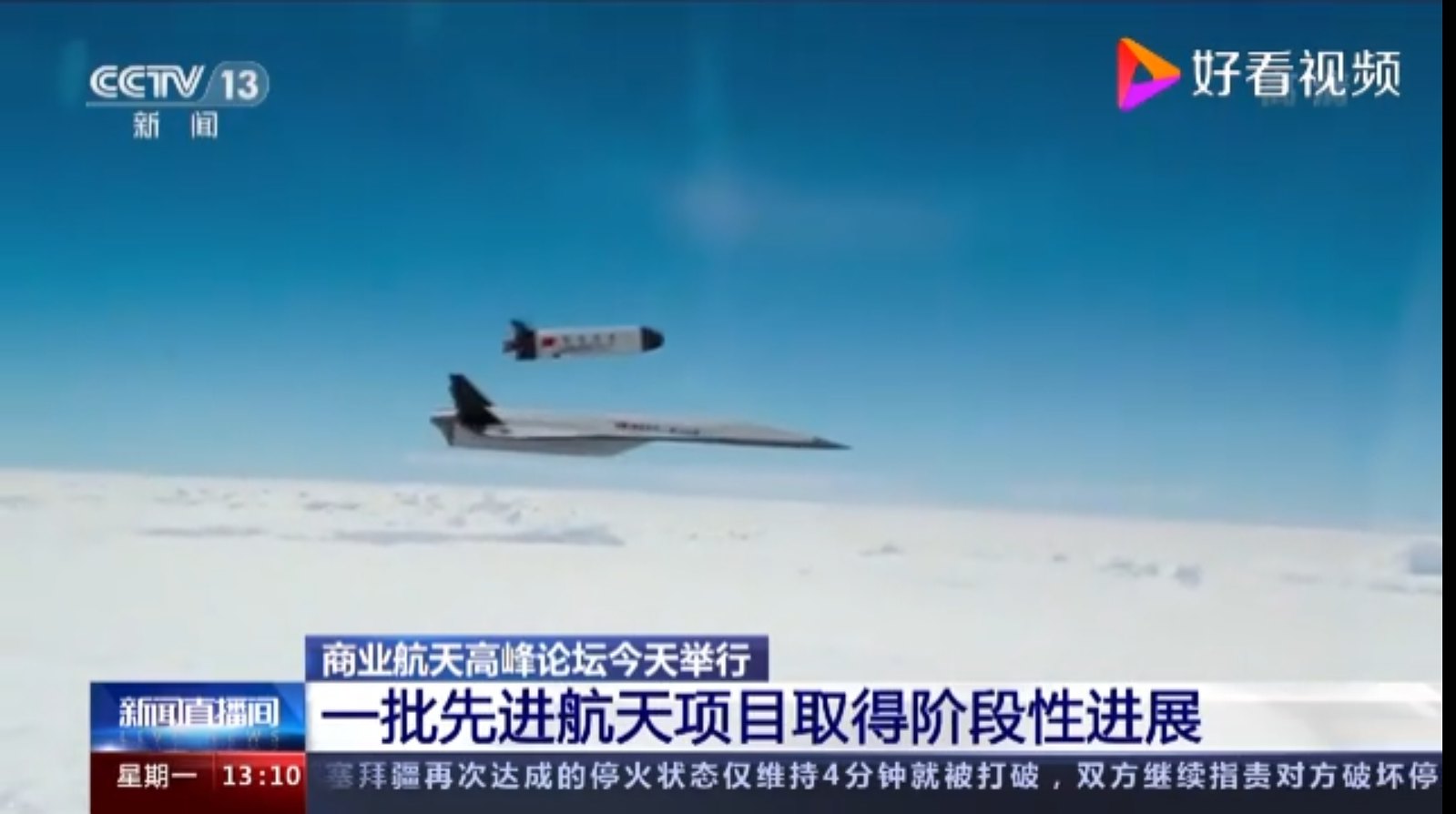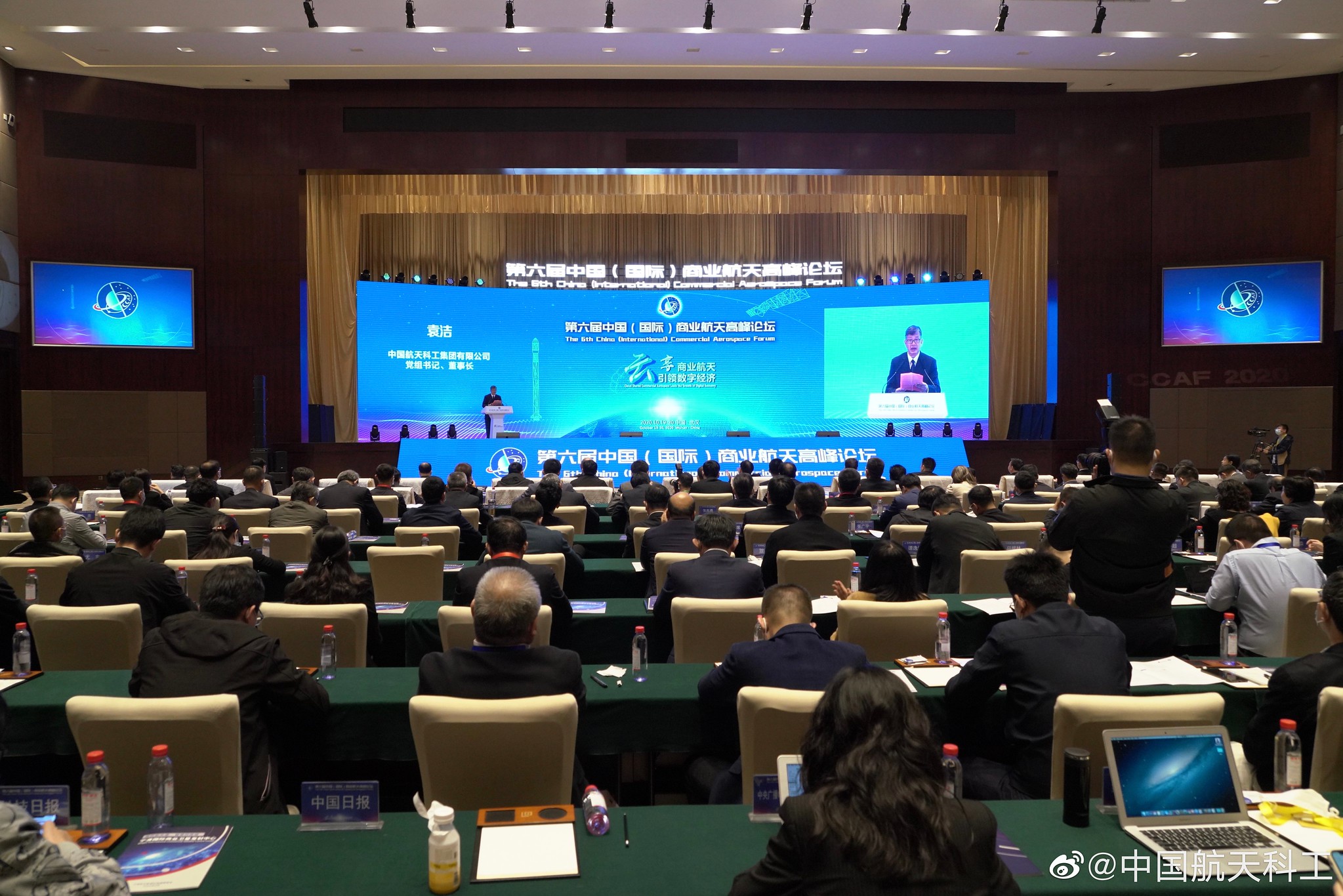Glorified vanity projects with little current usefulness. Maybe quick deployment for emergency space payloads? Even then, fast launch rockets can probably do it for cheaper. You gotta wonder about the serviceability rates of these vehicles, how many space planes and delivery planes can be produced and for how much. Maybe they're good substitutions to supplement conventional launches when re-usable tech and economics haven't quite been worked out. I'm sure reusable is easier to achieve than space plane and delivery vehicle. Must have alternative uses if genuinely pursued. Otherwise could be risking an expensive vanity project forever limited by purpose.
The Concorde was a lot more conventional and it was a flop. It got banned from flying overland routes because of noise.
The first stages of these kinds of projects are a lot harder to do than something like the Concorde.
Most of them are supposed to be able to do flight outside the atmosphere. Or in very thin atmosphere with next to no oxygen.
I have seen a lot of people who actually know the physics say you lose more energy just capturing the oxygen to get to orbital speed than you win vs carrying liquid oxygen from the ground up. Plus the aircraft needs to withstand all that friction while scooping up the oxygen. Then there are gravity losses just because you are doing horizontal flight.
The technology can make sense in something like an interceptor or a bomber. In that case it's a military application so things like sonic booms don't matter. Plus if you want to do long distance cruise then a winged vehicle makes sense. But as an orbital launch vehicle it is pretty skittish. Thus we have the Tu-160 still in service today while the only place you can find the Concorde is in a museum.






